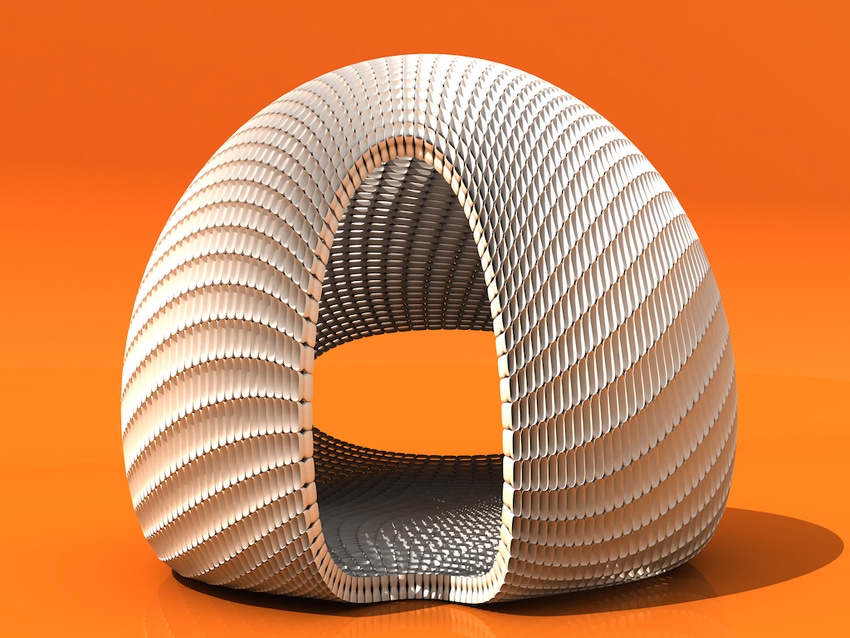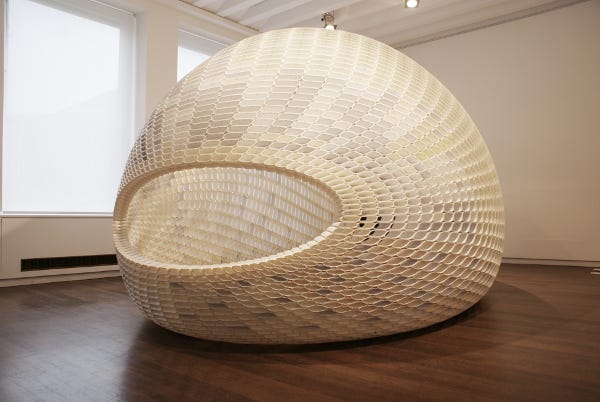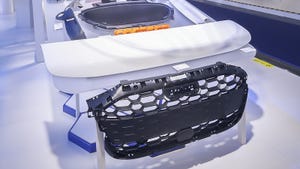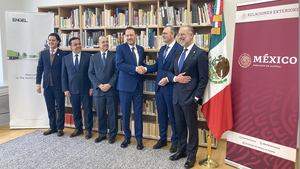It takes a village – even to hatch a 3D printed EGG
Two years ago, Dutch designer Michiel van der Kley bought his first 3D printer, in order to find out what it could do. After years of designing furniture for companies such as Gispen, Artifort and Arco, he decided that he wanted to do something new. 3D printing, he discovered, meant that the process of creation and production could be completely rethought. After all, in today's connected world, geography becomes irrelevant and creation can become a collective, community effort.
November 13, 2014

Two years ago, Dutch designer Michiel van der Kley bought his first 3D printer, in order to find out what it could do. After years of designing furniture for companies such as Gispen, Artifort and Arco, he decided that he wanted to do something new. 3D printing, he discovered, meant that the process of creation and production could be completely rethought. After all, in today's connected world, geography becomes irrelevant and creation can become a collective, community effort.
During the course of his experiments, Van der Kley came to realize that for him, what was important was to design something that could only be made using a 3D printer. He also saw that there was no reason to be limited by the size of the objects that the printer could print. In nature, objects such as corncobs or a coral reef are composed of a multitude of tiny elements, which together form a whole. As Van der Kley realized, this 'language of segmentation' could easily be adapted to desktop 3D printing. If a large object is viewed as the sum of a great many constituent elements, the possibilities become limitless.
 Two years later, Project EGG was born: the most extensive desktop 3D printed co-creation art project ever conceived until now. The result was an organically shaped light, airy pavilion-like 3D printed structure measuring 5 x 4 x 3 meters and composed of 4760 link-shaped stones, produced by a worldwide 3D printing community participating in the project. Walls, floor and ceiling merge and flow together seamlessly.
Two years later, Project EGG was born: the most extensive desktop 3D printed co-creation art project ever conceived until now. The result was an organically shaped light, airy pavilion-like 3D printed structure measuring 5 x 4 x 3 meters and composed of 4760 link-shaped stones, produced by a worldwide 3D printing community participating in the project. Walls, floor and ceiling merge and flow together seamlessly.
The stones used in Project EGG are made of biodegradable PLA.
The entire project was realized with the help of the global 3D printing 'village.' While researching the potential of the 3D printer, Van der Kley had come into contact with bloggers and digital communities all over the world, whom he subsequently invited to print a Project EGG stone. As each stone was printed individually, slight variations could be made in the individual design of the stones. Participants received the digital version for their unique stone; each stone was personalized with the name of the participant. Enthusiasts who did not own a printer could support the project by adopting a stone. Hundreds of contributions were received from co-creators and adopters, from the U.S. to Australia, from Portugal to Croatia.
Project EGG was completed on time to be shown at the Dutch Design week last month; Studio Michiel van der Kley is now planning a global tour, to take place in the next two years, to show the structure to a broader international audience.
In addition, the designer is researching other options, such as the best material that would enable Project EGG to be produced for an outdoor setting.
About the Author(s)
You May Also Like


